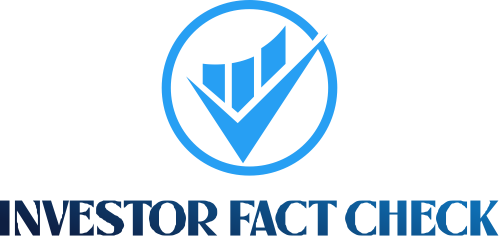Investors who feel whipsawed by the ongoing trade war can focus on the aspects of tariffs that remain fundamentally fixed.
Whether tariff rates are high, low, or uncertain, there are some core principles to understand about tariffs, according to Morningstar’s market strategists.
Tariffs and How They Work
What is a tariff?
A tariff, also called an import tax, is a fee added to goods or services imported from another country. The tariff is paid by the importer. “The importer may or may not pass on part or all of the tariff amount to the end consumer,” says Morningstar portfolio strategist Amy Arnott. “That’s one of the reasons it’s so hard to predict how tariffs could affect economic growth and inflation.”
Do tariffs cause recessions?
Tariffs by themselves do not necessarily cause recessions. However, they can influence other economic factors, and that could then lead to conditions for a recession.
“A normal recession is precipitated by an abrupt contraction in aggregate demand—2008 was a classical example,“ says Preston Caldwell, Morningstar’s senior US economist. “But, like the recent pandemic recession, the tariff surge is associated with a mix of demand- and supply-side shocks.”
How could lowering or rescinding tariff rates change the risk of a recession?
In his Q2 US Economic Outlook, Caldwell reports that with the reduction in China tariffs and the corresponding stock market rally, recession risk has eased. “The deleterious demand-side impact from tariffs looks diminished for now, with financial conditions having improved and President Donald Trump showing some willingness to respond to deteriorating economic conditions by pulling back on tariffs,” he says.
As a result, Morningstar has increased its near-term gross domestic product growth figures, and recession risk over the next year looks closer to 25% rather than the 35%-40% we assessed in April.
“We still expect a relatively high average tariff rate over the next five years, impairing the economy’s productive capacity,” Caldwell says. “Instead of an abrupt downturn, the tariff shock is now more likely to be a long, slow drag on economic growth. Our forecast for the level of real GDP in 2029 is still down by about 1% compared to our pre-April forecast.”
Tariffs and Investors
How can investors effectively evaluate a stock’s tariff exposure?
The factors that make a stock a good buy in good times are often the things that make a stock a good buy in uncertain times, says David Sekera, Morningstar’s chief market strategist. But analyzing a stock’s tariff exposure is a tricky task for the average investor, he adds.
“Investors can certainly look at the company’s filings and earnings,” Sekera says. “You can see what the company may have said, or review the filings for information on the countries they do business with. But it may not line up with where they import, where they actually manufacture, and where they ship back out again.”
“Realistically, you would have to wait to hear from management after they have reviewed their own supply chain, and how it might change. For example, Apple AAPL has made comments about switching iPhone production from China to India. I think a lot will depend on management having to do their own analysis and then communicating that to investors,” he says.
How can an investor manage retirement portfolio exposure in light of tariff volatility?
Whatever your life stage, worries about the economy and markets can bleed into worries about your own personal nest egg and retirement funds.
“Dramatic market losses can spark real emotions (anxiety, powerlessness), and it can be tempting to take dramatic portfolio measures in response,” says Christine Benz, Morningstar’s director of personal finance and retirement planning. The urge to react quickly, to “rescue” your money in the face of apparent danger, may be alluring—but it’s not necessarily helpful.
You can prepare yourself well ahead of time by building a diversified portfolio with a stock/bond mix that makes sense relative to your goals, life stage, and proximity to needing your money. A balanced asset allocation will make sense for most people approaching or in retirement, whereas a more equity-heavy mix will suit investors under 50, says Benz.
Outside of that, a measured approach can yield better long-term results. Arnott advises tuning out market noise and instead taking the following proactive steps.
- Check your overall asset allocation and see if it still makes sense.
- Rebalance your portfolio if needed.
- Don’t sweat a little extra cash.
- Don’t get too carried away with “safe haven” assets, such as gold.
- Consider bumping up your contribution rate to shore up retirement savings.
“For investors with a long-term perspective, short-term market volatility is a distraction that’s better off ignored,“ says Arnott. ”While the market could be in for a bumpy ride over the next few months, it’s best to stay the course and avoid making any major portfolio changes based on the latest headlines.”
What are some tariff implications for investors in terms of interest rates and inflation?
Inflation
Tariffs will breathe new life into inflation, starting with the prices of goods, and eventually flowing into the rest of the economy, Caldwell says. “Businesses are reluctant to raise prices, but they will eventually be forced to do so,” he says. “We expect inflation to peak in 2026 and drop off after that as the slack created by weak GDP growth engenders disinflationary pressure.”
Interest Rates
Owing to tariffs’ inflationary impact, Morningstar has slowed its expectations for rate cuts but hasn’t changed its assessment of the long-run neutral rates of interest (a nominal federal-funds rate at about 2.25% and 10-year Treasury yield at 3.25%).





